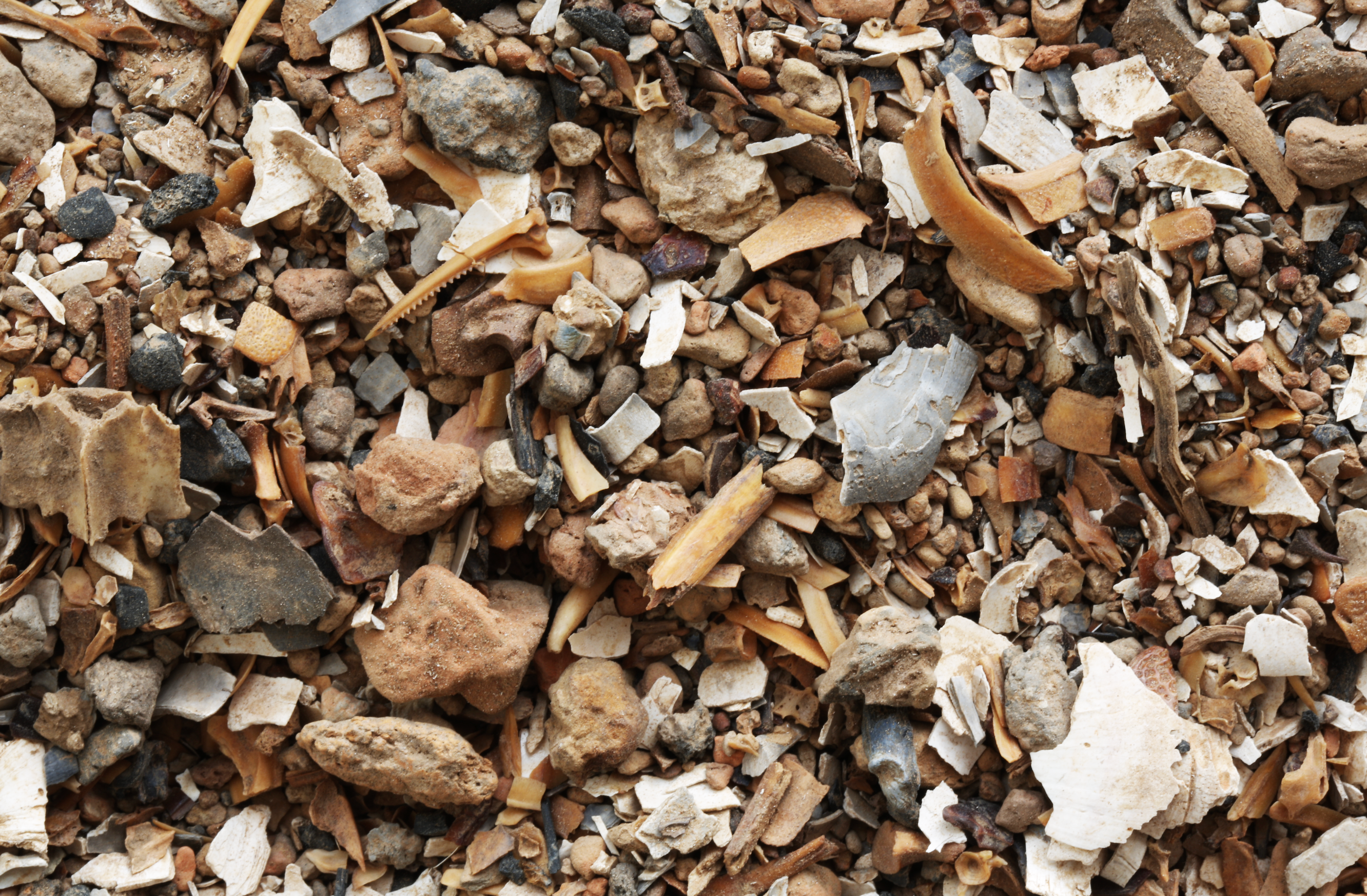Ancient Amazon people lived in ‘garden cities’, ate corn and raised ducks, archaeologists find
Human management of crops and animals in the Amazon area well pre-dated European colonisation, study confirms
Your support helps us to tell the story
From reproductive rights to climate change to Big Tech, The Independent is on the ground when the story is developing. Whether it's investigating the financials of Elon Musk's pro-Trump PAC or producing our latest documentary, 'The A Word', which shines a light on the American women fighting for reproductive rights, we know how important it is to parse out the facts from the messaging.
At such a critical moment in US history, we need reporters on the ground. Your donation allows us to keep sending journalists to speak to both sides of the story.
The Independent is trusted by Americans across the entire political spectrum. And unlike many other quality news outlets, we choose not to lock Americans out of our reporting and analysis with paywalls. We believe quality journalism should be available to everyone, paid for by those who can afford it.
Your support makes all the difference.Archaeologists have uncovered further evidence of a pre-colonial “garden city” in Bolivia where ancient Amazon people lived largely reliant on maize agriculture and raising muscovy ducks.
The research, published on Monday in the journal Nature Human Behaviour, sheds more light on the lives of ancient Indigenous people of the Amazon Basin before the colonial invasion of the region.
In the study, researchers from the University of São Paulo in Brazil analysed human and animal remains from Bolivia dated up to about 1,300 years ago.
They found that the human management of crops and animals in the Amazon area pre-dated its European colonisation.

Previous research had hinted that crops like cassava, squash, sweet potatoes, yams, and particularly maize became important in many parts of the Amazonian Basin even before colonisation by the Spanish.
There is a growing change in perspective about the Amazon Basin initially thought of as a region unfavourable for food production to historically supporting large-scale human societies and now into one of “garden cities” home to several crops and domesticated animals.
However, direct evidence of the relationship between humans, animals and crops in the area has been lacking – until now.
This was particularly so in areas of the Bolivian Amazon inhabited by the Casarabe people, known for their large monumental mounds in the Llanos de Mojos region.
The new study analysed the bones of 86 humans – both male and female remains – and 68 animals, including mammals, reptiles, birds and fish – dating from 700 to 1400 AD from Llanos de Mojos.

Scientists found that maize was a common dietary component for all sampled individuals, and that peak consumption of the crop probably occurred between 700 and 800 AD.
The latest analysis revealed that muscovy ducks in the sample were also fed maize.
Based on these data, researchers say there was intentional feeding of these animals occurred in this region as early as 800 AD, and that the ducks were kept domestically by 1100 AD.
There is also evidence steady decline in maize as a staple crop after 800 AD, according to the new analysis.

This could indicate the Casarabe people sought to diversify their agriculture efforts or attempted to increase trade with other populations.
Maize was already being grown in the Bolivian Amazon before the emergence of the Casarabe culture in 500 AD, but scientists say the crop likely helped this culture significantly in expanding as it became the people’s staple diet.
“Our data provide insights into human interactions with Amazonian ecosystems, including direct evidence for human management of animals in pre-colonial contexts, further enriching our understanding of human history,” researchers wrote.

Join our commenting forum
Join thought-provoking conversations, follow other Independent readers and see their replies
Comments